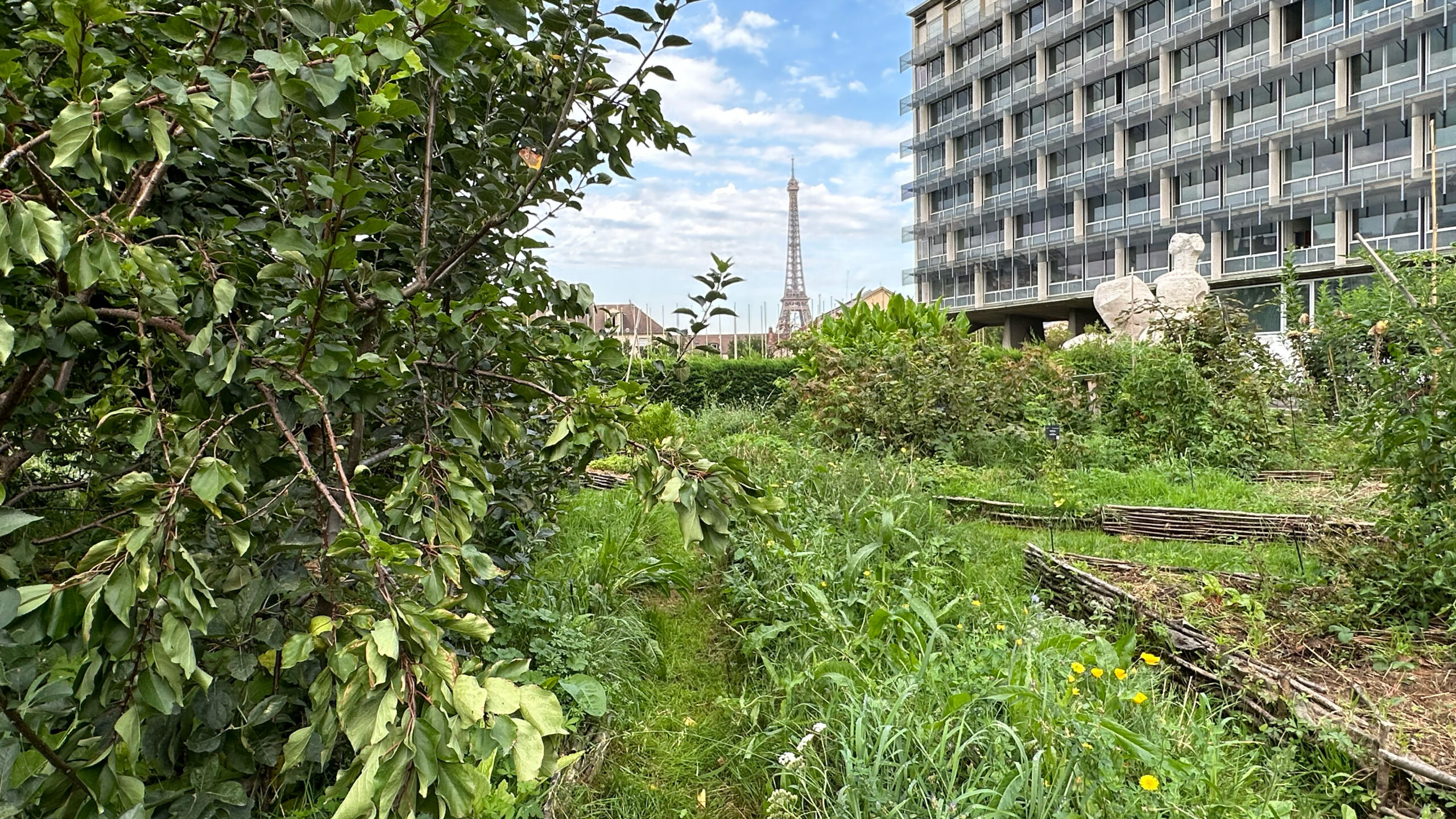
A Flourishing Vegetable and Biodiversity Garden at UNESCO: An Interview with Sonia Bahri
Sonia Bahri loves being in UNESCO’s Headquarters in Paris, France.
By Gayil Nalls
Sign up for our monthly newsletter!
Sonia Bahri loves being in UNESCO’s Headquarters in Paris, France. It goes beyond appreciating the building for its utilitarian function. For her the architecture has layers of meaning that touch her emotionally. “It’s a beautiful modernist and minimalist building”, she says, “built in 1958 and designed by the French Architect Bernard Zehrfuss with Marcel Breuer and Pier Luigi Nervi. Over the years she also has enjoyed spending her coffee breaks in the sublime modern Japanese Zen Garden created by the Japanese American artist and designer Isamu Noguchi. The Zen Garden, inspired by traditional elements of Japanese culture and sensibility, with arrangements of rocks, organic sculptures, stone surfaces, a pond, and perfectly balanced plantings, prioritizes social and communal use. She says she felt both the building and the garden were profound expressions of peace for UNESCO, founded in 1945 after World War II, to contribute to the peace and security of the world through education, science, culture, and communication.
However, she says, “Given the climate change challenges the world is facing, I also always felt that something was missing…”
This past September I visited UNESCO and spoke with Sonia about the beautiful and thriving edible ecological garden created in 2020 on the front grounds of the headquarters. It’s a symbol of UNESCO’s commitment to sustainability and biodiversity, that she helped bring into existence.
Gayil Nalls: Please tell us a little bit about you, and how and why the ecological garden came into existence at UNESCO.
Sonia Bahri: Years ago, I was a civil servant at UNESCO. I was head of the section for science policy for several years. However, it wasn’t until I accepted the position as advisor to the President of the French National Commission that I could develop the ecological garden project and have it presented by the French National Commission to UNESCO to promote biodiversity and urban gardening. Because my President supported me, I was able to make this proposal to UNESCO, and when Mrs. Audrey Azoulay became Director General, she welcomed this idea with a lot of enthusiasm. This work was ideologically connected to my work with the French government for the UN Climate Change Conference, COP 21 in 2015 and 2016, and the signing of the Paris Agreement.
A very important landscape designer helped create the garden and was part of it, Who is he and why did you bring him in?
It was important for such a garden not to be an ordinary garden, and it was important to choose someone who was an artist and activist in this field, someone engaged with saving the earth for the future because it was important to put the symbolic message in the design. That someone was Louis Albert de Broglie, a pioneer of biodiversity and preservation who works from principles of permaculture and micro-agriculture. He started an NGO called, ‘Fermes d’Avenir’ (Farm for the Future) to help change the global farming paradigm. He is known as “the prince gardener”, and his Château de la Bourdaisière, which has a farm and park, is where he founded a National Conservatory of Tomatoes that grows over 700 species and is recognized by the Ministry of Agriculture.
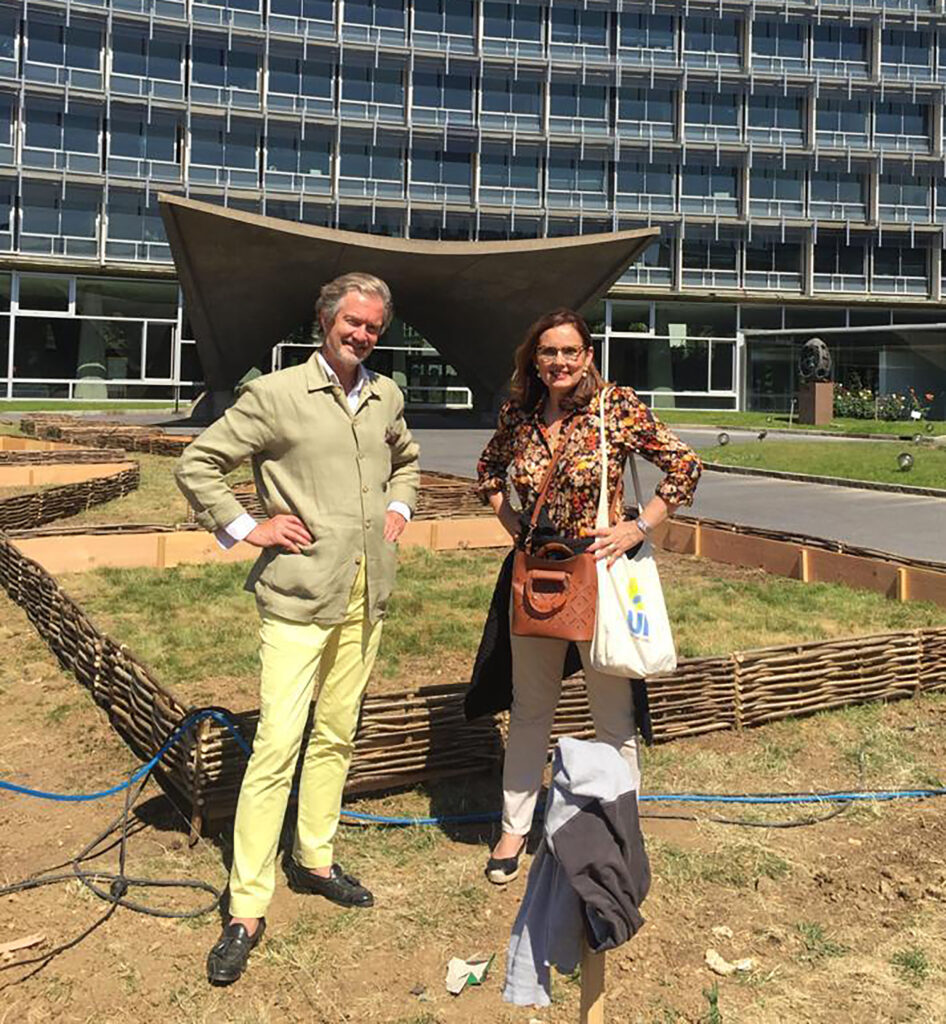
I chose him because I have known him for a long time, and we have worked together on different environmental and sustainability issues. Because of him, our small garden at UNESCO has about 40 species of heirloom tomatoes. All of them are incredible. Some are completely black, not the black of Crimea, another type, some are yellow, and orange, and some look like other vegetables. The tastes and smells are amazing… just excellent, absolutely delicious. These are experiences of food we do not find in supermarkets or even local groceries.
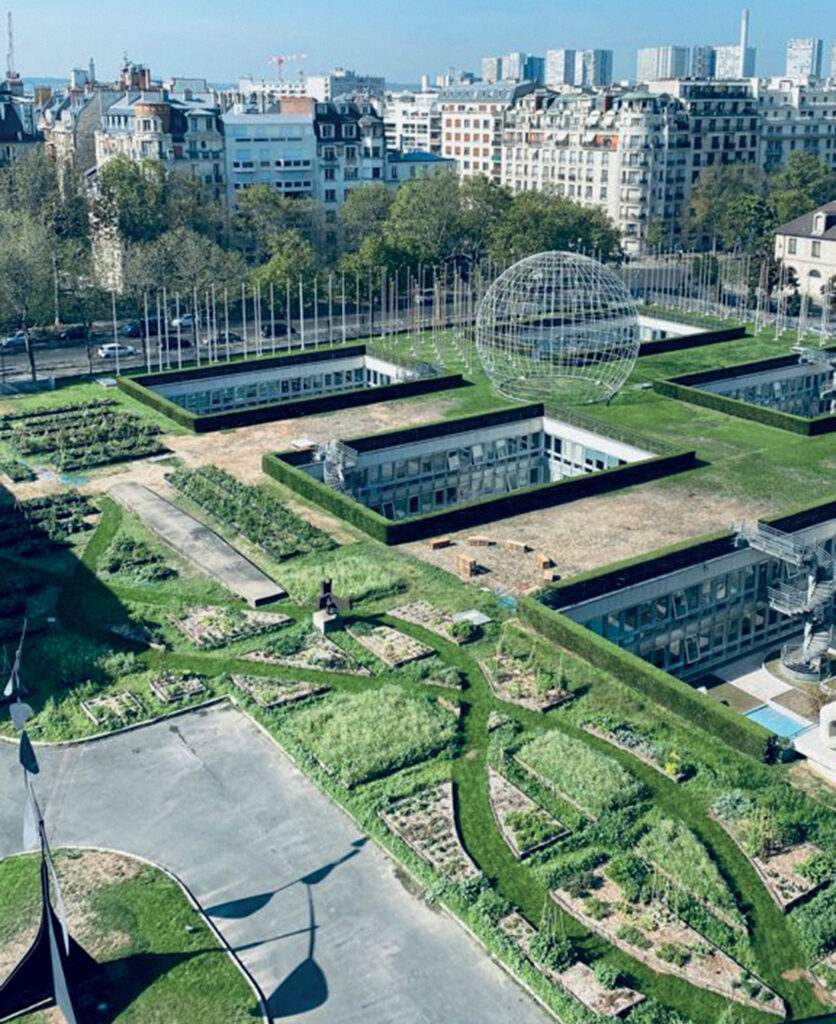
It was important to send a symbolic message in the design, and when you look at this garden from a UNESCO window or take a walking tour of the garden, you can see the shape. It’s a double helix of DNA, a symbol of life itself, because when you’re speaking of the loss of biodiversity, it’s really about life, it’s really about the need to keep all the species.
The garden symbolizes the new challenges that we are facing. This was very important for UNESCO because of all the work it does on biodiversity, such as the Man and the Biosphere Program, which enhances the sustainable relationships between people and their natural environments and includes its World Network of Biosphere Reserves.
What is the take-away message that you hope people who visit the UNESCO garden leave with?
I think that one of the issues is about sustainable food. We wanted to show the importance of sustainable food, the importance of sustainable consumption and production. This is one of the UN’s
Sustainable Development Goals. It is important to change the way we eat, and what we eat. It’s important to eat more vegetables, more fruits, and less meat. All this has an impact on health, on the environment, on water wastage, and on CO2 emissions. This garden carries messages that we must deliver to the people, to the children who visit the garden.
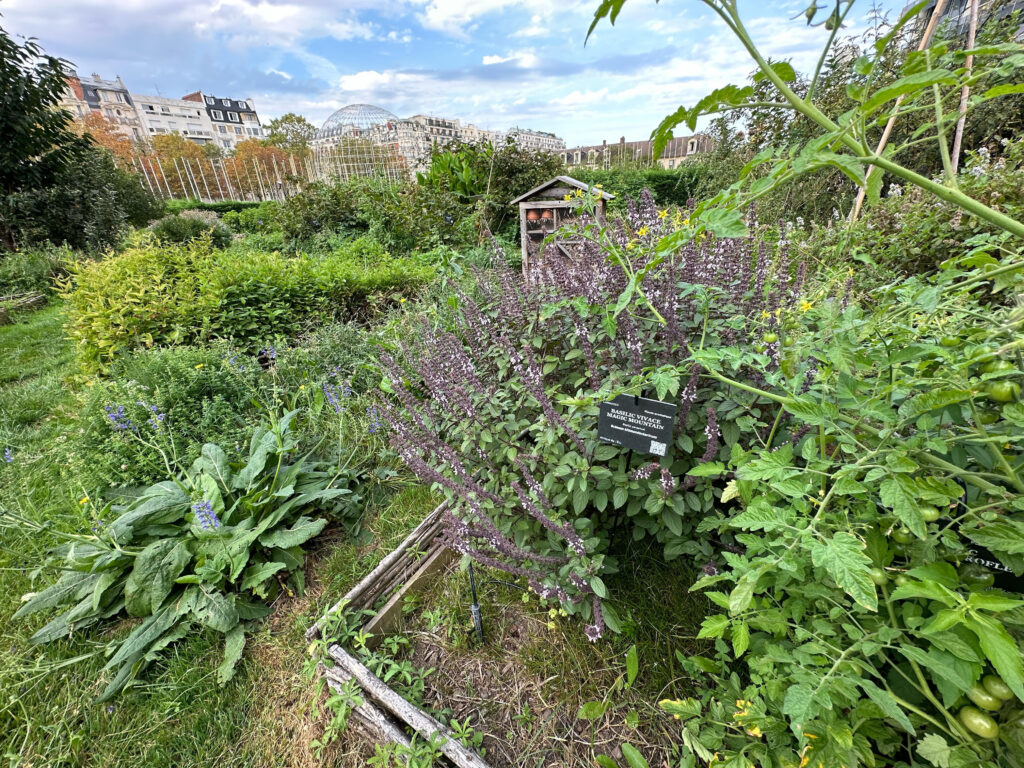
We are sending the message that it is important to be connected directly to nature. Many children who come to visit this garden do not know how a tomato grows or how an artichoke grows. They are surprised to see, to smell, to touch, to look… and it changes them.
The garden is situated in the plaza, on top of underground parking and offices of UNESCO, so we do not have full ground. To adapt, in many areas, we had to create boxes using a traditional medieval method, making the raised beds out of braided Hazel branches. It’s a way to protect the plants and to allow people to work, walk, and visit. It’s interesting that this traditional method dates back so far and is found in Europe and in other parts of the world.
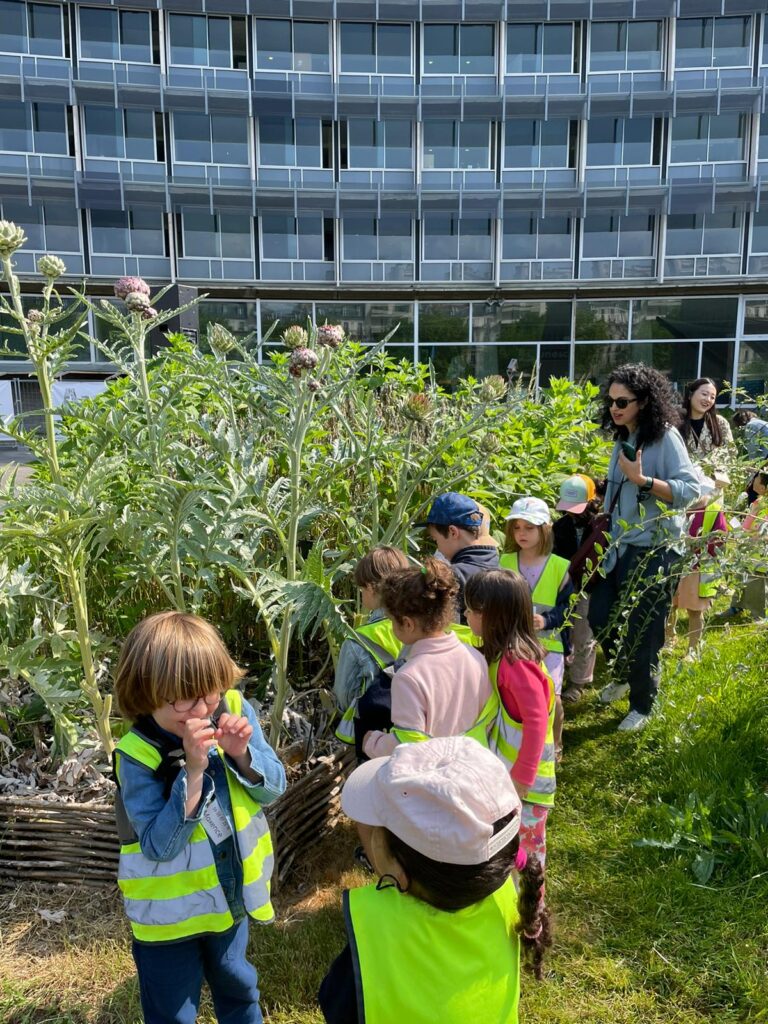
The staff of UNESCO like this garden very much. They have lunch here and sometimes help with the maintenance of the garden. They discuss their own gardens with the gardener and some take cuttings to grow in their garden or in balcony pots. It’s very much a part of UNESCO now and creates a social link between the staff members and nature. It’s like what Voltaire said, ‘One must cultivate one’s own garden.’ This is UNESCO’s garden, our garden. The staff and visitors really enjoy being around nature and together sharing their love of its smells and good tastes.
Where did the plants come from?
It was important, as we are at UNESCO, to have a variety of plants from different regions of the world, so there is a wide variety of plants in the garden, more than 140 varieties. We have species of wildflowers to attract insects, for pollination. People learn that without these various flowering plants, it would not be a real garden, it would be maybe a nice garden, but not a food garden, because we need these insects and the ecological services they provide. The reality of the importance and specific roles of insects is taught in our workshops with children.
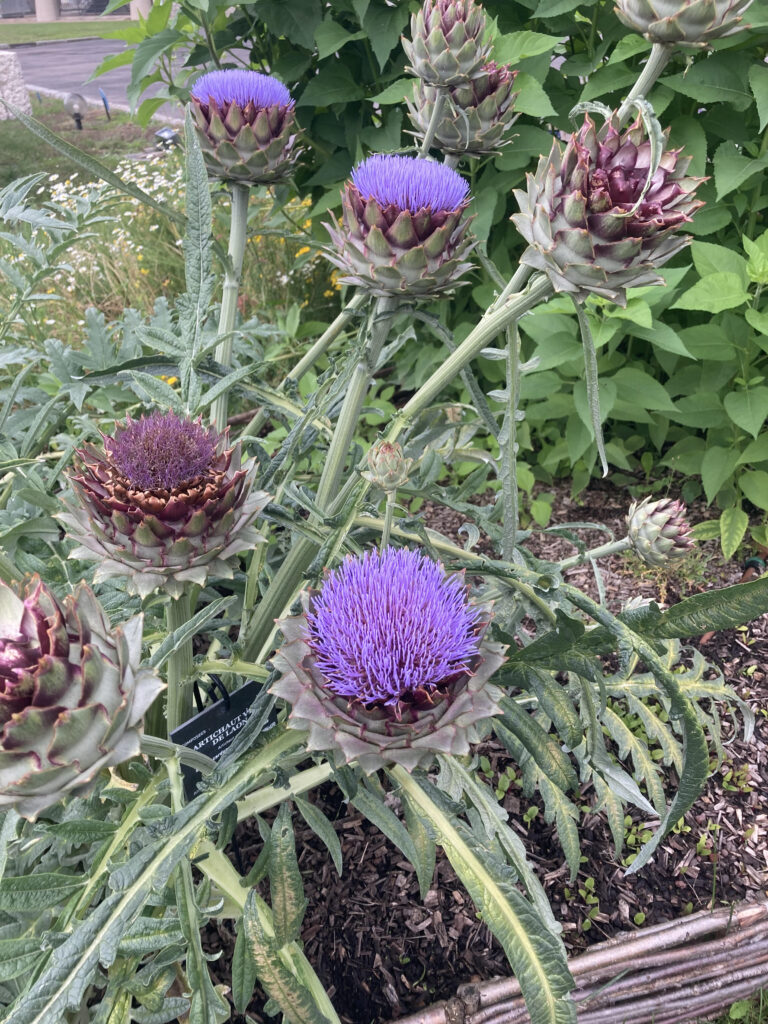
I understand that the people who work at UNESCO can buy vegetables to take home.
Yes, one part of the garden is very productive. It’s cultivated by a Portuguese start-up, Noocity. Some people are members who get a bag every two weeks and some are given vegetables as a thank-you for their help in maintaining the ecological garden under the guidance of our gardener from Mugo, the green gardening company we have chosen for installation and maintenance.
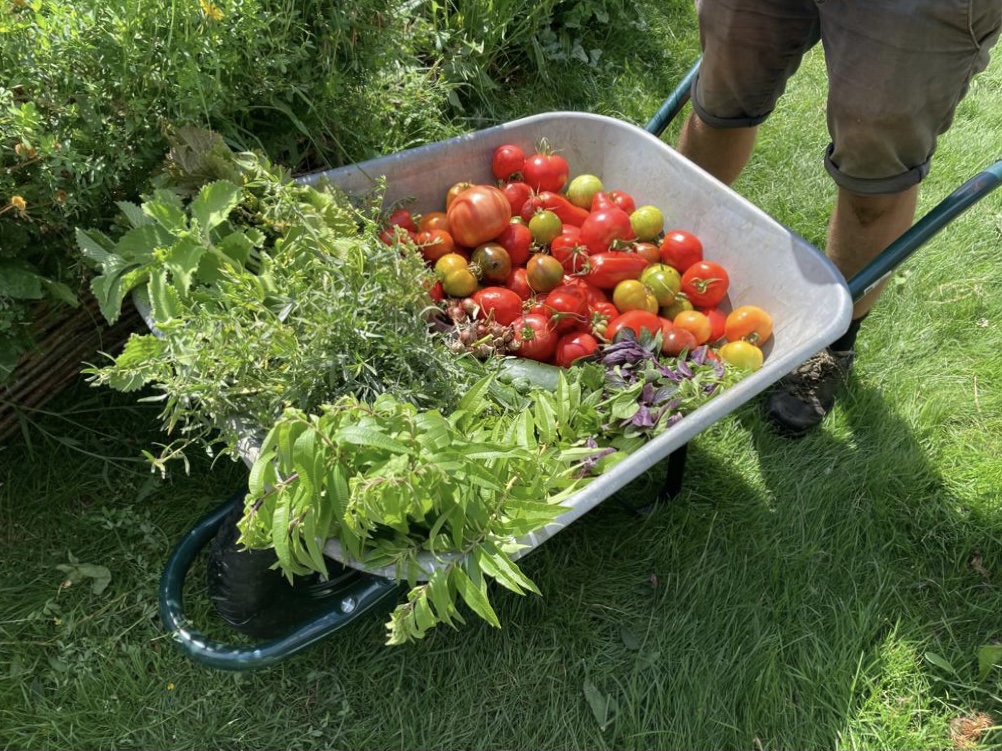
aims to inspire everyone to grow and care for plants. Photo: Sonia Bahri
The garden has a large pedagogical function, right?
The garden is visited often by schools, associations, and other groups like engineering schools for agriculture and by delegations when they visit UNESCO during the General Conference for instance. So there is a different pedagogical function for each group.
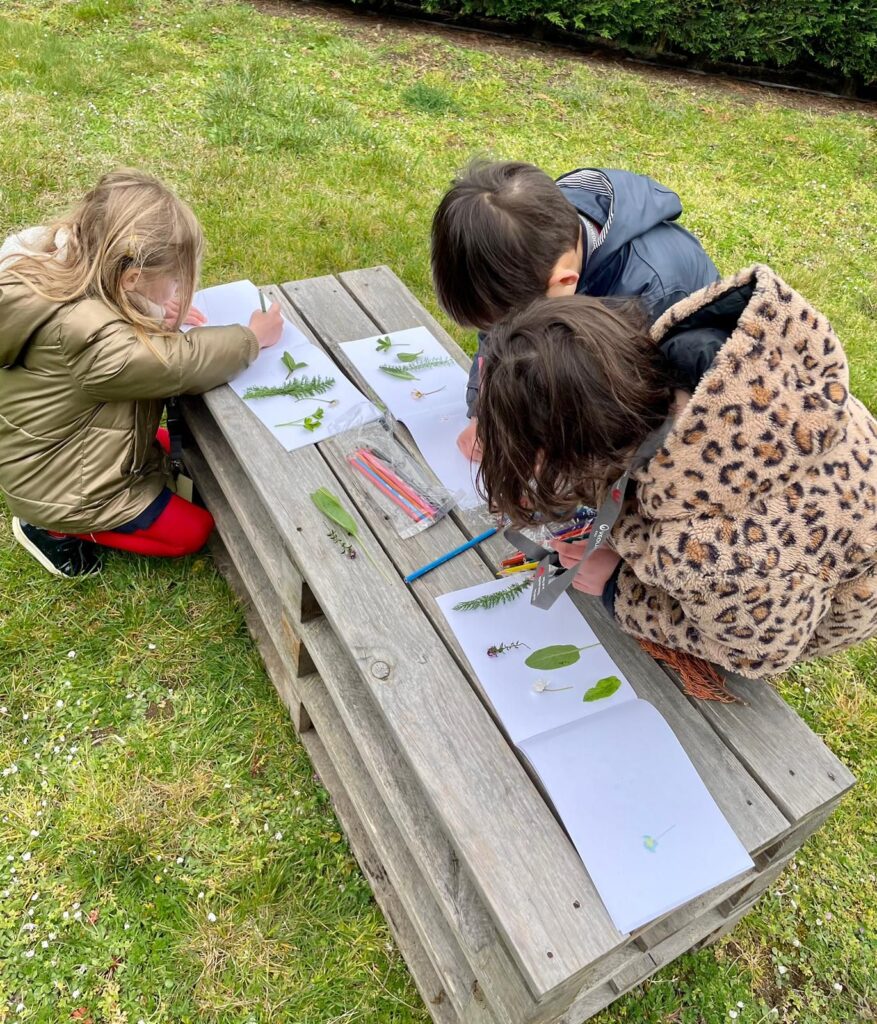
We teach that nothing green is thrown away. All the green waste is recycled and used in the garden. It’s like circular economy, so zero wastage.
There is also a separate continuum of the garden that is only for the restaurant of UNESCO. The chef comes every day at 11 o’clock and selects his vegetables and herbs for the restaurant menu.
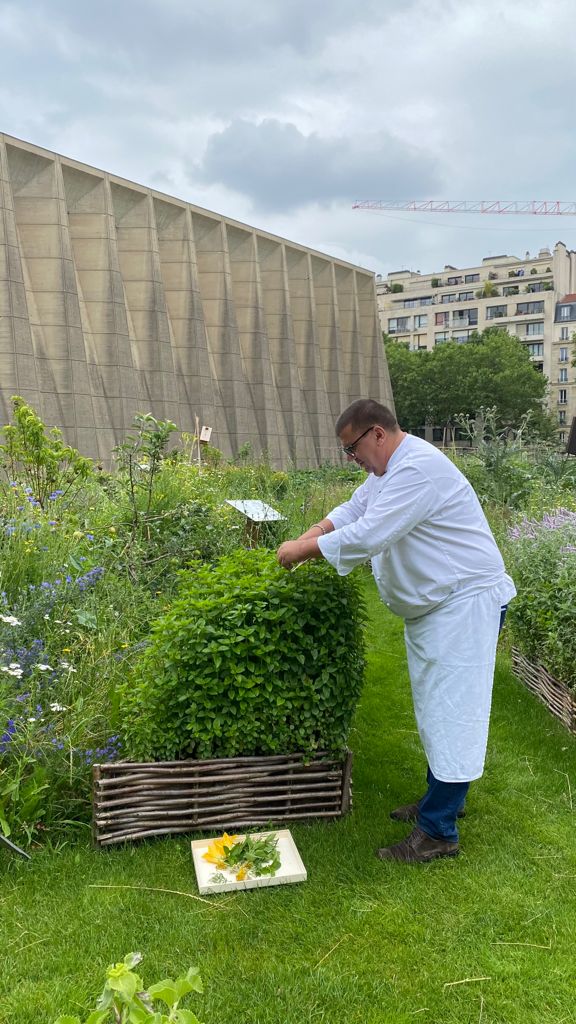
When I was there, it was very aromatic. The whole area just smelled wonderful, and I thought what a gift to everyone to be able to walk out the door and be able to breathe that air. What comes next?
As the next steps, we are looking to expand the workshops and Kid’s Educational manuals and produce them in more languages. We are inviting donors to help with this. It’s a wonderful opportunity for a company, association, or foundation to be associated with this garden and help us send strong messages on sustainability and diversity preservation.
Is there anything else that we should know about the garden or about any unusual, interesting aspects of it?
On many weekends UNESCO launches openings to the public, such as cultural heritage days and the garden becomes a window into the world. People from Peru to China to South Africa are proud to see plants from their region. This sparks many conversations about how plants are used in different cultures and cuisines.
The garden is stunning. I knew there was an exceptional person behind this. Thank you.
As our garden designer often says. “Growing a garden is a political act.”
This interview was edited for length and clarity.
Sonia Bahri, Ph.D. Is Senior Advisor at the French National Commission to UNESCO, for scientific affairs and sustainable development.
Gayil Nalls, Ph.D. is the founder of World Sensorium Conservancy.
SPONSORSHIP OPPORTUNITY: The French National Commission to UNESCO is offering sponsorship opportunities for the UNESCO Ecological Garden. You would help the garden thrive and the educational programs grow. It is great exposure for an individual, organization, or business. Contact Gayil Nalls at nalls@worldsensorium.com for more information.
Plantings
Issue 29 – November 2023
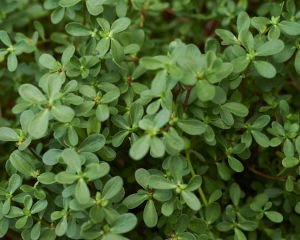
Viriditas: Musings on Magical Plants: Portulaca oleracea
By Margaux Crump
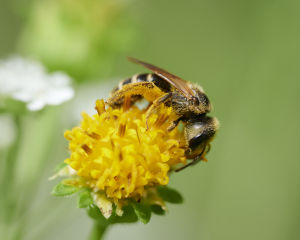
Proboscis, Pollen, and the Rapture of Interspecies Intimacy
By Jake Eshelman
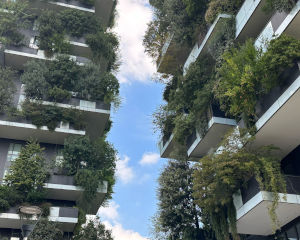
The Greening of Milan: Porta Nuova and Vertical Forest
By Gayil Nalls
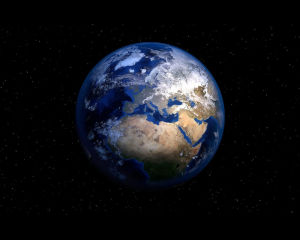
Overshooting Earth’s Boundaries: An Interview with Bill Rees
By Rachel Donald
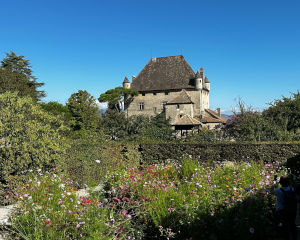
The Garden of the Five Senses
By Gayil Nalls
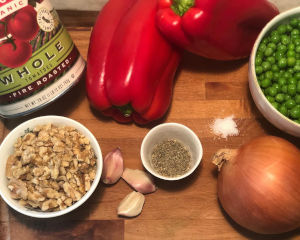
Eat More Plants Recipes:
Le Botaniste’s Fennel, Tomato, and Red Pepper Pasta Sauce

As Ireland transitions from the rich, smoky scent of peat-burning to a more sustainable future, its olfactory heritage is evolving. What will become the next iconic aromatic symbol of Ireland?
Click to watch the documentary trailer.


